
One of the most common (and) critical major engine problems is a blown head gasket. If your Ford Territory has blown a head gasket, you may find it running poorly or not at all. Below you’ll find the symptoms, causes, and price of a Ford Territory head gasket.
Recognizing the signs of a blown head gasket in your Ford Territory is crucial for taking appropriate action.

When the gasket fails, it can cause several issues, such as poor engine performance, overheating, and coolant leaks.
You might also notice white smoke coming from the exhaust or a milky discoloration in the oil. By being aware of these symptoms, you can quickly diagnose and address the problem, minimizing the impact on your vehicle’s performance and longevity.
Various factors contribute to a head gasket failure in a Ford Territory, such as regular wear and tear, engine overheating, or incorrect installation. Addressing these issues early on will help prevent the inconvenience and potential financial burden of a blown head gasket.
Causes of Blown Head Gasket
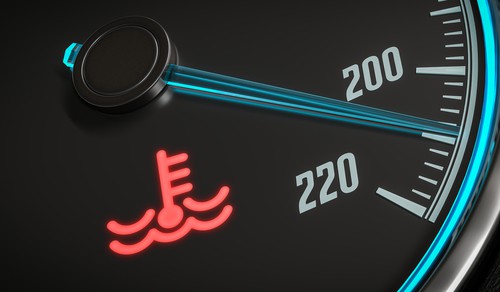
Overheating
Overheating is one of the most common causes of a blown head gasket in a Ford Territory.
When your engine overheats, the metal expands, potentially pinching the head gasket and reducing its ability to seal properly. It is crucial that you monitor your coolant levels and address any overheating issues promptly to prevent head gasket failure.
Common Overheating Causes
- Low Engine Coolant– If there is not enough coolant to properly cool the engine, it’ll overheat and blow the head gasket. Low engine coolant can be both the cause and a symptom of a blown head gasket.
- Bad Thermostat– The thermostat’s job is to regulate the flow of coolant in and out of your Territory’s engine. When it refuses to open, the engine can get hot enough that it’ll crack a head or blow a head gasket.
- Poor Coolant Flow– If there is not enough coolant flowing through the engine, it’ll overheat. This could be due to a bad radiator, radiator hoses, or water pump.
Gasket Wear
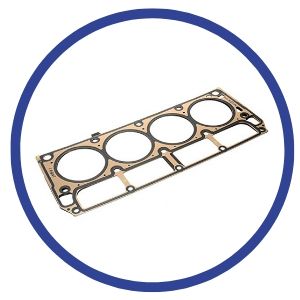
Your head gasket is designed to withstand a significant amount of stress and heat, but as it ages and wears, it may no longer seal properly.
Ensuring that your head gasket is in good condition through regular maintenance and addressing symptoms of wear early can help prevent a blown head gasket. It’s essential to keep an eye on your engine oil and coolant levels and address any concerns with a trusted mechanic.
Engine Detonation
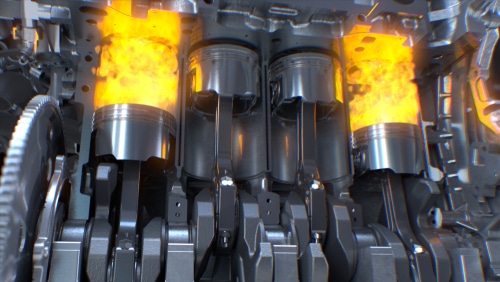
Engine detonation, or pre-ignition issues, is another factor that can contribute to a blown head gasket in a Ford Territory.
When the engine experiences pre-ignition, it can create abnormally high cylinder pressure, which may cause the head gasket to fail.
To protect your head gasket, make sure that you always use the appropriate octane-level fuel for your vehicle and address any engine issues, such as knocking or pinging as soon as they arise.
Symptoms of Blown Head Gasket
Coolant Loss
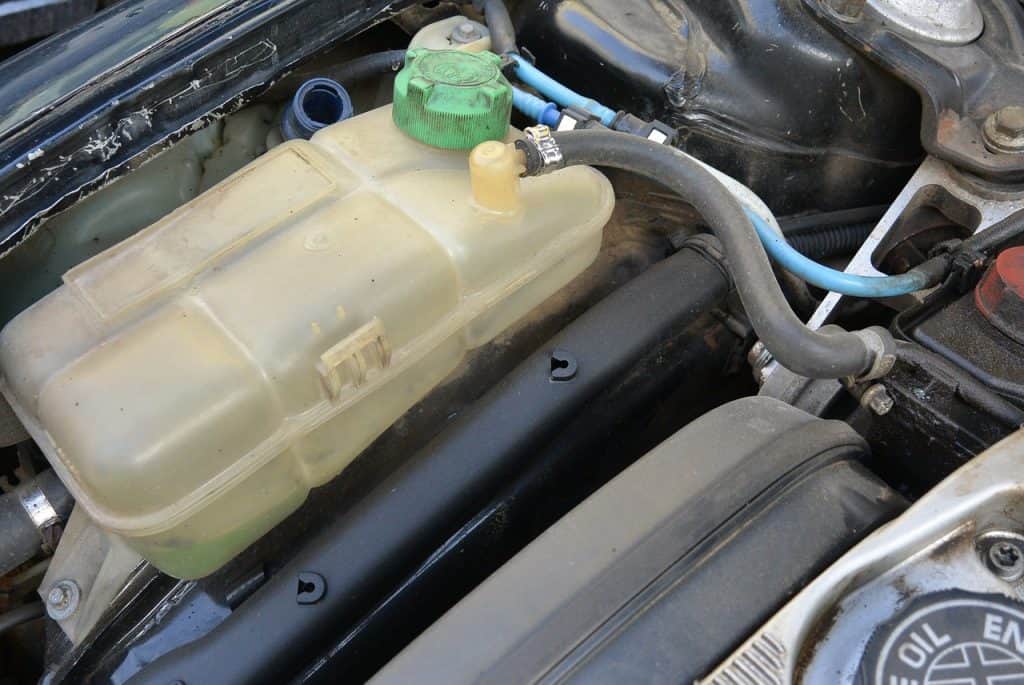
One of the first symptoms you might notice when your Ford Territory has a blown head gasket is a loss of coolant.
If the engine coolant level is going down, but there’s no noticeable leak, it could be a sign that the head gasket has blown. Keep an eye on your coolant levels and inspect for any signs of leaks or damage to the system.
Coolant loss through a head gasket failure should correlate with white smoke.
Poor Engine Performance
A blown head gasket can also cause poor engine performance in your Territory. You may notice a rough idle or the engine misfiring due to the head gasket failing between two combustion chambers.
The engine is designed to maintain a high pressure level inside the cylinders, so when the head gasket fails, it can interfere with this balance and adversely affect performance.
White Smoke
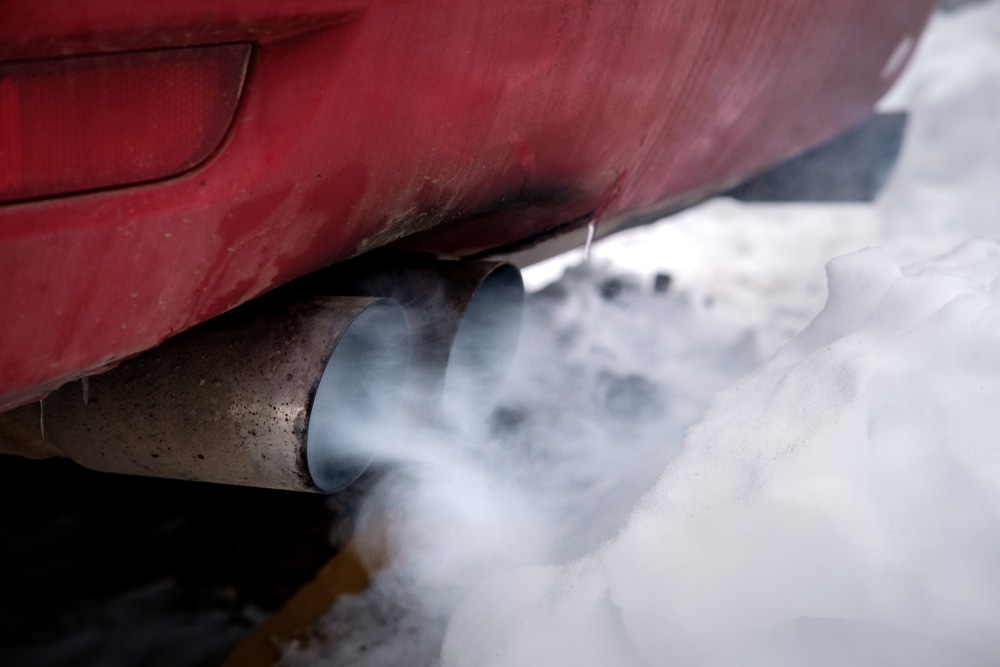
Another symptom of a blown head gasket is the presence of white or gray smoke coming from the tailpipe constantly.
When the head gasket fails, coolant can mix with the gasoline, causing it to burn and create the white smoke. Monitoring your Territory’s exhaust for abnormal smoke is a good way to detect a potential head gasket issue.
Diagnosis of Blown Head Gasket

Visual Inspection
Begin by conducting a visual inspection of your Ford Territory’s engine. Look for signs of oil and coolant leaks around the head gasket. Internal leaks may also be present, such as coolant in the oil or vice versa. Keep an eye out for white or milky residue in the oil, indicating that coolant has mixed with it.
Compression Test
A compression test is essential to diagnose a blown head gasket. To perform this test, you’ll need a compression gauge.
- First, disconnect the fuel pump and ignition coils to prevent the engine from starting.
- Then, remove all spark plugs and connect the compression gauge to each cylinder, one at a time.
- Crank the engine and record the compression reading for each cylinder. A significant variation in compression values between cylinders could indicate a blown head gasket.
Coolant System Pressure Test
A final diagnostic tool is the coolant system pressure test. This test checks for leaks within the cooling system, which could be related to a blown head gasket.
With the engine cold, attach a pressure tester to the radiator and pump until the system reaches the recommended pressure.
Observe the pressure gauge for at least 10 minutes. If the pressure decreases during this time, it could signify a leak. Additionally, check for signs of coolant seeping out of the engine or leaking into the oil or exhaust.
Remember to be thorough in your diagnosis, and consider seeking professional assistance if necessary to confirm a blown head gasket in your Ford Territory.
Repair and Replacement

Head Gasket Replacement
Remember that your location and model year may affect the price of replacing the head gasket.
To make the process smooth and avoid mistakes, you should consider the following steps:
- First, ensure that you have all the necessary tools and replacement parts
- Drain the coolant and remove the intake manifold, exhaust manifold, and cylinder head
- Clean the engine block and cylinder head surfaces
- Replace the head gasket with a new one, following the manufacturer’s specifications
Resurfacing Cylinder Head
Sometimes, a blown head gasket can cause damage to the cylinder head which may require resurfacing. Resurfacing the cylinder head helps restore a flat and smooth surface that is essential for preventing leaks and maintaining proper compression.
Here are some important things to keep in mind during the resurfacing process:
- Inspect the cylinder head for cracks or damage before proceeding
- Remove all dirt, debris, and gasket material from the head
- Use a precision straight edge and feeler gauge to check the flatness
- If the head is not within the manufacturer’s specified flatness tolerance, proceed with the resurfacing process
- Follow the resurfacing guidelines specified by the manufacturer, which may include using a milling machine or a belt sander
By following these steps, you can ensure a successful repair and replacement of your Ford Territory’s blown head gasket.
Frequently Asked Questions
Can I drive my Territory with a blown head gasket?
It’s not advisable to drive your Territory with a blown head gasket. Doing so can lead to loss of power and performance, as well as causing coolant to mix with engine oil.
This can result in serious engine damage and eventually lead to an engine lock-up, leaving you stranded. If you suspect your Territory has a blown head gasket, it’s best to address the issue as soon as possible to prevent further damage.
Is a head gasket repair expensive for a Ford Territory?
The cost of a head gasket repair for a Ford Territory can vary depending on factors such as labor rates and parts prices in your area.
Head gaskets themselves are very affordable. It’s the labor involved with getting them replaced that will get you.
With engines that have overhead cams, it can be an incredibly arduous task. It’s a bit easier with traditional engines that have the camshaft in the block.
With parts and labor, the average head gasket price is north of $1200. They can be significantly more depending on the model year and engine.
If you plan on tackling the job yourself, start at the beginning of the weekend, and make sure that you use a torque wrench when putting everything together.
